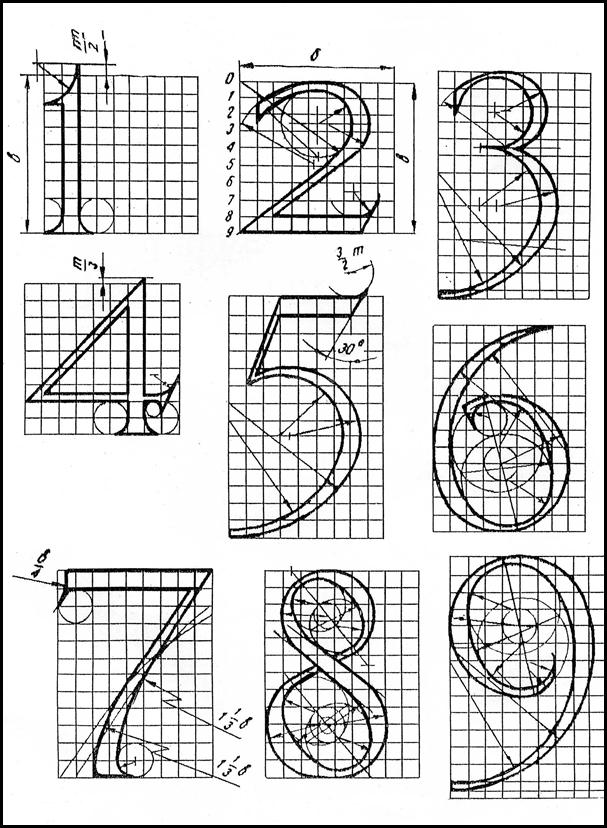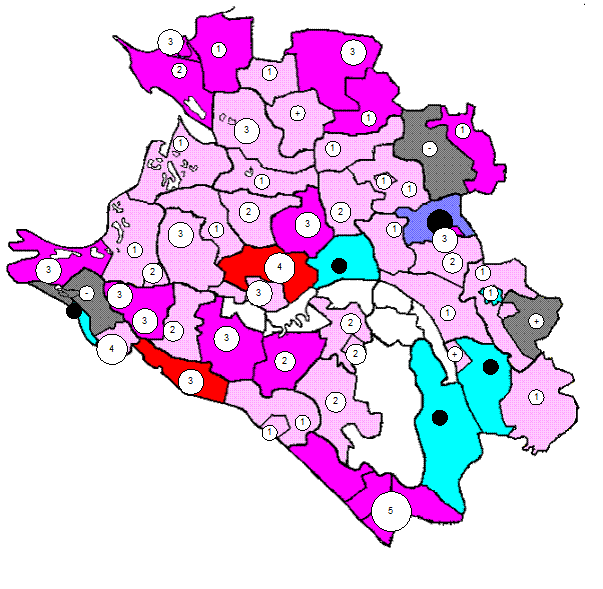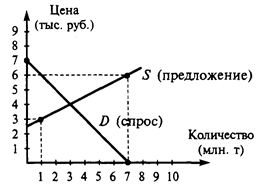UNIT 20BATTERIES INSTALLATION AND OPERATION
AIM OF THE UNIT: - to describe batteries installation and operation
TASKS 1 Do your best to answer the brainstorming questions. 2 Read the text for general understanding. 3 Make up questions to the text. 4 Find the sentences with the new words in the text. Give the Kazakh or Russian equivalents of the words. 5 Write sentences with the new vocabulary. 6 Do the given exercisesfor better remembering the topic.7 Study grammar point ‘Future simple passive ` do the tasks and find the sentences with future passives in the text. 8 Speak on the topic. Given schemes and questions will help you to remember and understand the topic. 9 Find more information about the text and prepare a presentation or a project work.
1How many batteries an aircraft is fitted? 2 Where is the battery located? 3 How the battery must be secured? An aircraft is fitted with one or two main batteries depending on its size and role. The battery is located as close as possible to its point of distribution; this is to reduce IR losses through heavy-duty cables. In smaller general aviation (GA) aircraft, the battery can be located in the engine compartment, alternatively behind the luggage compartment in the rear fuselage. On some larger GA aircraft the battery is located in the leading edge of the wing. Other locations include the nose equipment bay on medium size helicopters or attached to the external airframe. For larger aircraft, e.g. the Boeing 737, one battery is located in the Avionics compartment. Batteries are installed in a dedicated box or compartment designed to retain it in position and provide ventilation. The battery compartment is usually fitted with a tray to collect any spilt electrolyte and protect the airframe. Tray material will be resistant to corrosion and non-absorbent. The structure around the battery compartment will be treated to reduce any damage from corrosion resulting from any spilt electrolyte or fumes given off during charging. Batteries must be secured to prevent them from becoming detached during aircraft maneuvers; they are a fire risk if they become detached from their tray. Warning: When installing batteries in the aircraft, extreme care must be taken not to directly connect (or ‘short circuit’) the terminals. This could lead to a high discharge of electrical energy causing personal harm and/or damage to the aircraft.
|






